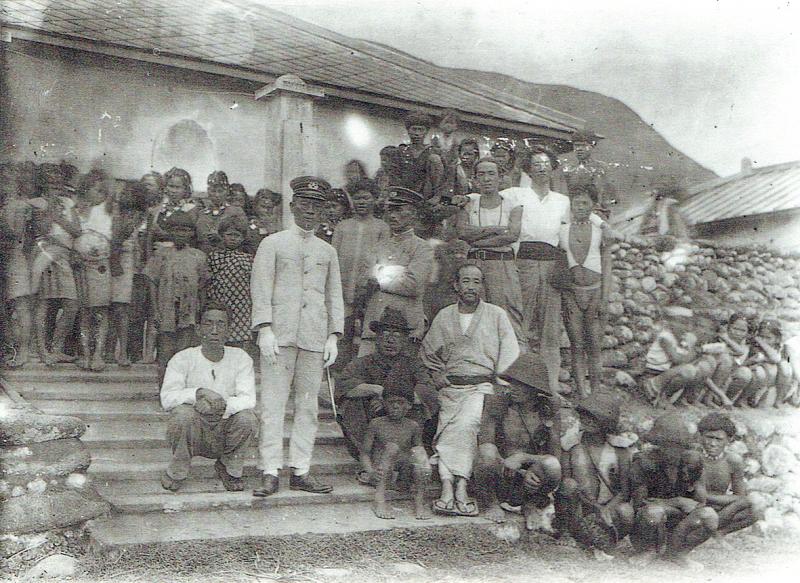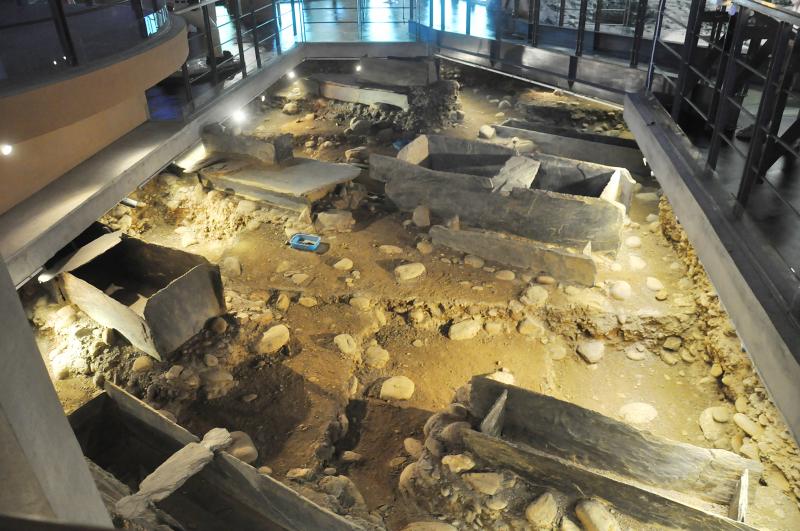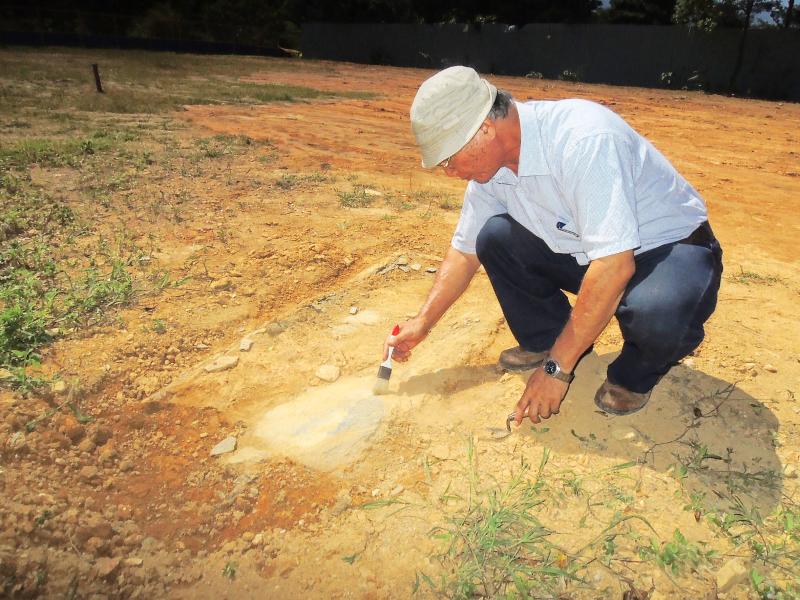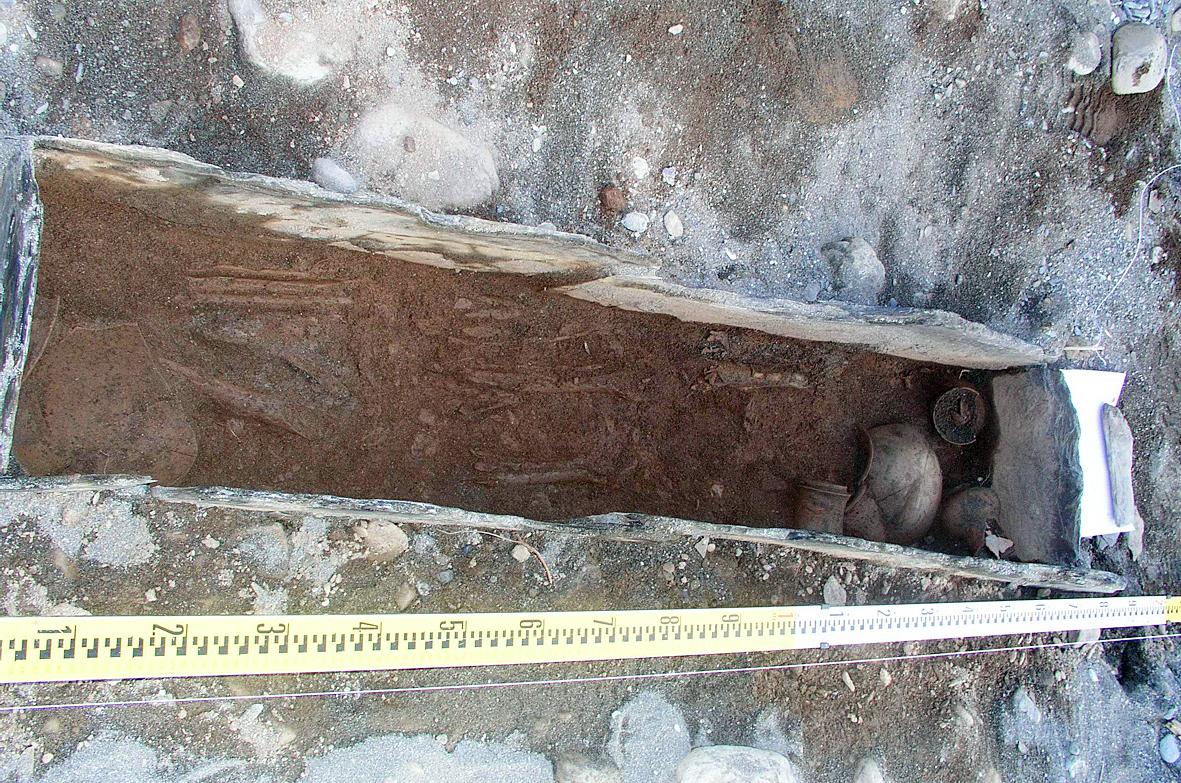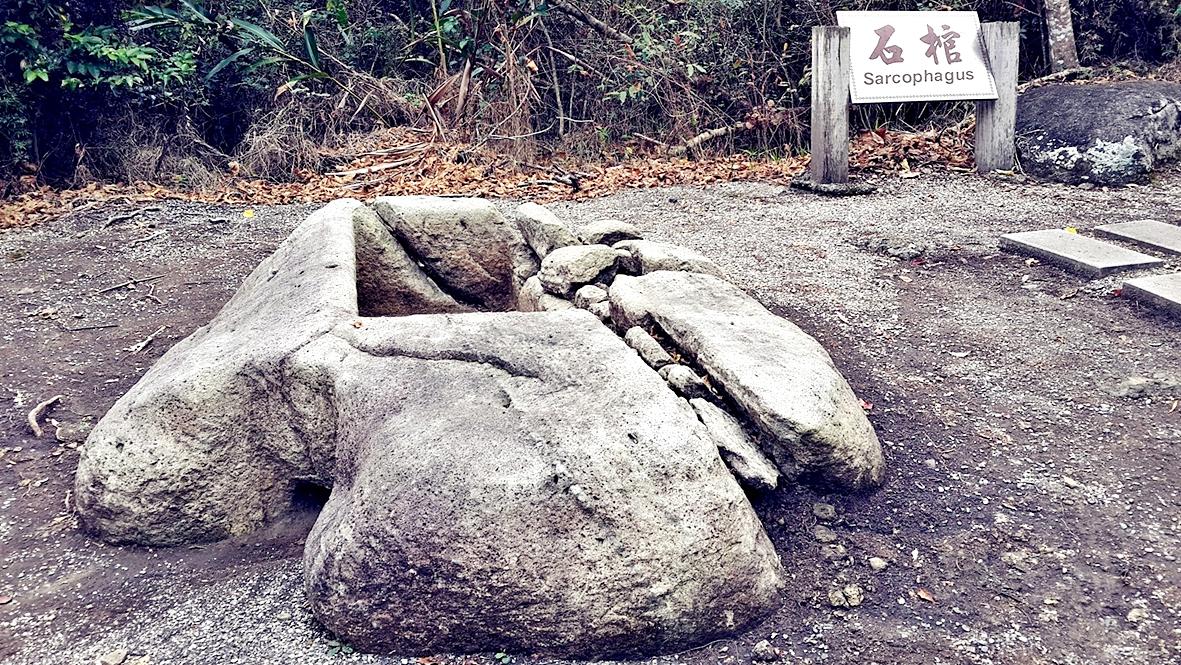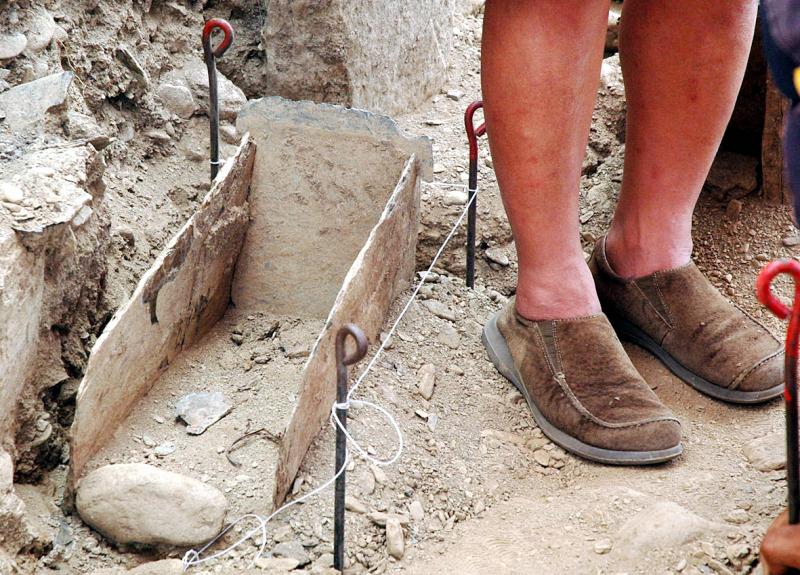When the media loses everyone loses
Image: www.pexels.com
Did you know news is hard-wired into human behaviour?
Palaeoanthropologists (those who study fossils to learn how early humans originated and developed) have theorised that language evolved to gossip so that large groups could get along.
Social news strengthens and polices the bonds and values that form the basis for a stable society.
“It is not enough for individual men and women to know the whereabouts of lions and bison,” historian Noah Yuval Harari wrote in his 2015 best-seller, Sapiens.
“It's much more important for them to know who in their band hates whom, who is sleeping with whom, who is honest and who is a cheat.”
The headlines that shout off front pages and news bulletins suggest that the purpose and formula for news has not evolved much over the millennia.
What has changed is the scale and sophistication of society, and the channels and practices for communicating news — from cave walls to the internet.
Like prehistoric humans, modern news journalism, which emerged alongside mass media like the printing press and broadcast signals, forms and informs views of the world and each other.
Journalism practice supported by a free media is the bedrock of modern democracy and vibrant economies.
Performed independently and competently, journalism can enlighten public opinion and inform (hopefully) intelligent action that serves individual or collective interests.
Like the gossip of our forebears, news journalism is also the glue of contemporary societies.
However, unlike gossip that feeds audience curiosity, a public interest philosophy — informs news journalism.
Image: Jude Mathurine
Put another way, knowing that Atul Gupta owns a Ferrari or that Tony Gupta loves vindaloo is less important than knowing which ministers supped with the notorious family at Saxonwold and how they took South Africans for a ride.
Even though the media are imperfect entities, it is the methods that ensure that news is relatively fair, balanced and complete that make journalism such a valued and valuable form of public communication.
Reality is messy and complex.
Truths can only be explored by fact-finding and research.
Find the story, search for the facts, context and evidence, seek valid perspectives and tell a story on whatever platform helps audiences make sense of their world to exercise their agency.
However, there are fewer journalists than ever before who are up to the task and fewer media organisations committed to this kind of journalism. A perfect storm of waning audience attention and appetite to pay for news, as well as advertiser flight to more powerful marketing tools like Google and Facebook have stripped media companies of resources.
In her new book, Power and Loss in South African Journalism, Prof Glenda Daniels writes that the number of journalists in SA has halved over the past 10 years — from 10,000 to 5,000.
Daniels’s research predates the devastation of Covid-19.
Closures, reduced circulations and frequency, layoffs, pay cuts and reduced hours have all been used to keep media groups and titles afloat.
A recent report by the SA National Editor’s Forum suggests up to 80 community newspapers have vanished — leaving many towns and cities without a voice.
A paywalled press, limping community media and a weak public service broadcaster generally results in a news service for elites.
While some rub their hands in glee, claiming this is SA media’s comeuppance, when the media loses everyone loses.
Imagine a world where Muldergate (the Info Scandal that brought down the government of BJ Vorster), Nkandlagate (a Mail & Guardian investigation that led to public protector findings that up to R246m of public money had been spent to upgrade former president Jacob Zuma’s homestead) and GuptaLeaks (a leaked e-mail treasure trove that revealed the extent of the Gupta state capture project) had not come to light.
If the powerful can’t control the media, they attempt to control the audience perceptions which come to serve as some people’s reality.
Methods of networked influence transforms the public sphere into a vehicle for the pursuit of vested interests, often at the expense of the social good.
Look no further than the Guptas’ attempt to weaponise their media empire at ANN7 and the New Age, as well as the services of international PR firm Bell-Pottinger on a £100,000 (R1,7m) a month retainer.
What the public doesn’t know that it doesn’t know can easily hurt it (or make you a useful idiot to use against others).
Despite the reach of cellphones and social media, channels like WhatsApp, Facebook and Twitter just don’t fill the gap.
They mainly recirculate the same main stories that originate from the sweat of hardworking journalists and invest little to produce original news content.
Eye-witness news and paid-for social media influencers are an essential part of today’s news mix but they cannot replace independent, competent and sustainable journalism.
The job of a journalist is not merely to provide balance.
There are clear rights and wrongs.
Giving credence to all views simply creates the space for audiences to fall for anything.
The views of trolls, sock-puppets, bots, misogynists, racists, flat-earthers, holocaust deniers and climate change objectors would generally not be entertained by serious reporters.
However, these views are frequently amplified on social media timelines.
And there’s even more reason to worry after a 2018 study, published in the journal Science, showed that fake news on Twitter circulated six times faster than the truth.
It is no wonder then that social media was regarded as the least trustworthy form of media in the Edelman 2019 Trust Barometer.
In the Netflix documentary The Social Dilemma, former employees of trillion-rand tech companies like Facebook show how algorithms fill the news feeds of more than 24 million SA users with hot-button topics that provoke emotions like anger and fear.
While traditional media arguably tries to get sides to understand each other — the goal of social media is keep the hype cycle going to market your attention and specific online profile for purposes of advertising, promotion and influence.
Often in the debate the loudest, most populist, persistent or well-financed voices win, resulting in a zero-sum game.
Yes, social media has diversified news production and even helped to mobilise for the overthrow of authoritarian regimes.
However, its use for polarising purposes result has also resulted in a further fragmented public sphere.
This is anathema to the cohesion for social action to resolve issues like gender-based violence, climate change or Day Zero where conversations become fragmented, leaving the status quo intact.
If you are deeply passionate about news journalism as a social good, there is something you can do:
- Support the ethical news media by paying for news when you can and only sharing information from reliable news outlets;
- Get media literate — learn media and platform bias by watching Influence and The Social Dilemma on Netflix;
- If you have a gripe against the media, complain to the SA Press Council not just on Twitter.
- Join spaces where audiences and the media debate their role and shape a relevant and responsive news agenda
- Support and donate to media engaging in social justice reporting and investigation.
As President Cyril Ramaphosa said in his weekly letter in September: “Whether it is electing to pay for content, supporting crowdfunded journalism, paying our SABC licence fees or simply buying a newspaper, we can all play our part to support this industry in crisis.”
Then, maybe, we wouldn’t have to imagine a world without news.
Jude Mathurine lectures in journalism, new media and communication at the Media and Communication Department of Nelson Mandela University

